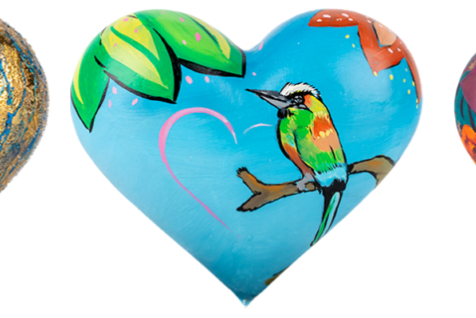3 Top Strategies to Close Out the Fundraising Year Spectacularly
If there was ever a time to optimize your e fundraising strategy, now is it. So, don’t get anxious simply waiting for the phone for stuff to happen. You can make it happen! Because it’s the most generous time of the year. During the period from mid-November through the end of December, organizations typically secure…
Details

